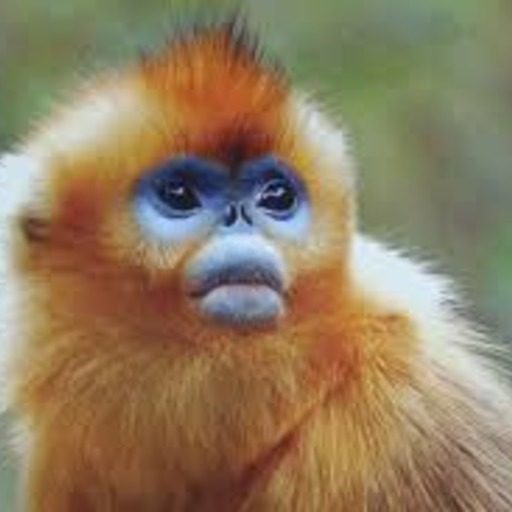Updated on May 6, 2020
Natural habitats
Natural habitats
All species inhabit Planet Earth but not all of them live in the same place. In fact, they live in different places around the world which are named habitats. There are nine (09) different types of habitats; oceans, rainforests, deserts, grasslands, tundra, savannahs, forests, prairies, the arctic.Each of these habitats are unique and different.
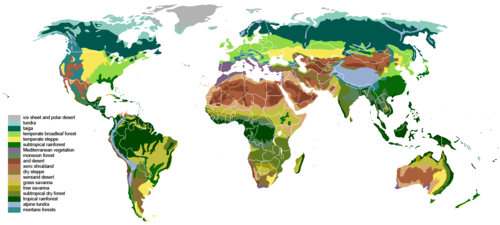
Habitats
- Deserts
Deserts are extremely dry and there is little rain. During the day the temperature is very high and there are always dry winds.

Desert
- Oceans
Oceans covers nearly 75% of the Earth’s surface. There are numerous species of plans and animals who live here. These range in size from microscopic organisms to the size of a 100 ft whale.
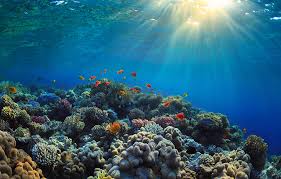
Oceans
- Rain Forest
The Rain Forest is made of 3 layers.The first layer is the canopy, the second layer is the understory and the third is the forest floor.The Rain Forest contains about 45% of all animal species.
- Tundra
The Tundra have extremely short growing seasons (6 to 10 weeks).The winters are long, cold and dark (6 to 10 months).The Tundra have low Precipitation and snow provides insulation. Wildlife includes birds, reindeer, foxes, bears, seals, and walruses.
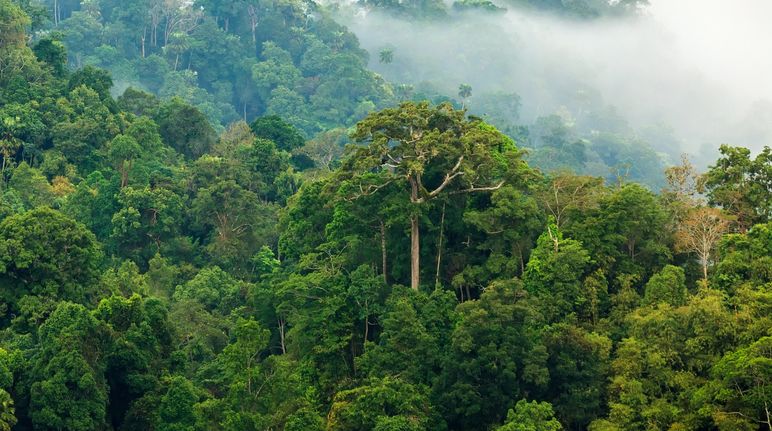
Rain Forest
- Prairie
The Prairie have temperatures vary summer to winter, moderate rain fall and seasonal drought and occasional fires. Typical animal life includes jack rabbits, deer, foxes, coyotes, birds, and many other species.

Tundra

Prairie
- Savannah
The Savannah have warm, hot climates, major vegetation is grass, dry and rainy seasons but seasonal fires help maintain balance. The Savannah is home to various reptiles, rodents, birds, and large mammals such as elephants, and zebras.
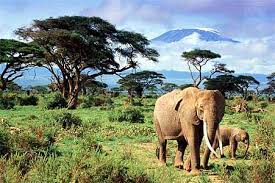
Savannah
Category: Χωρίς κατηγορία

